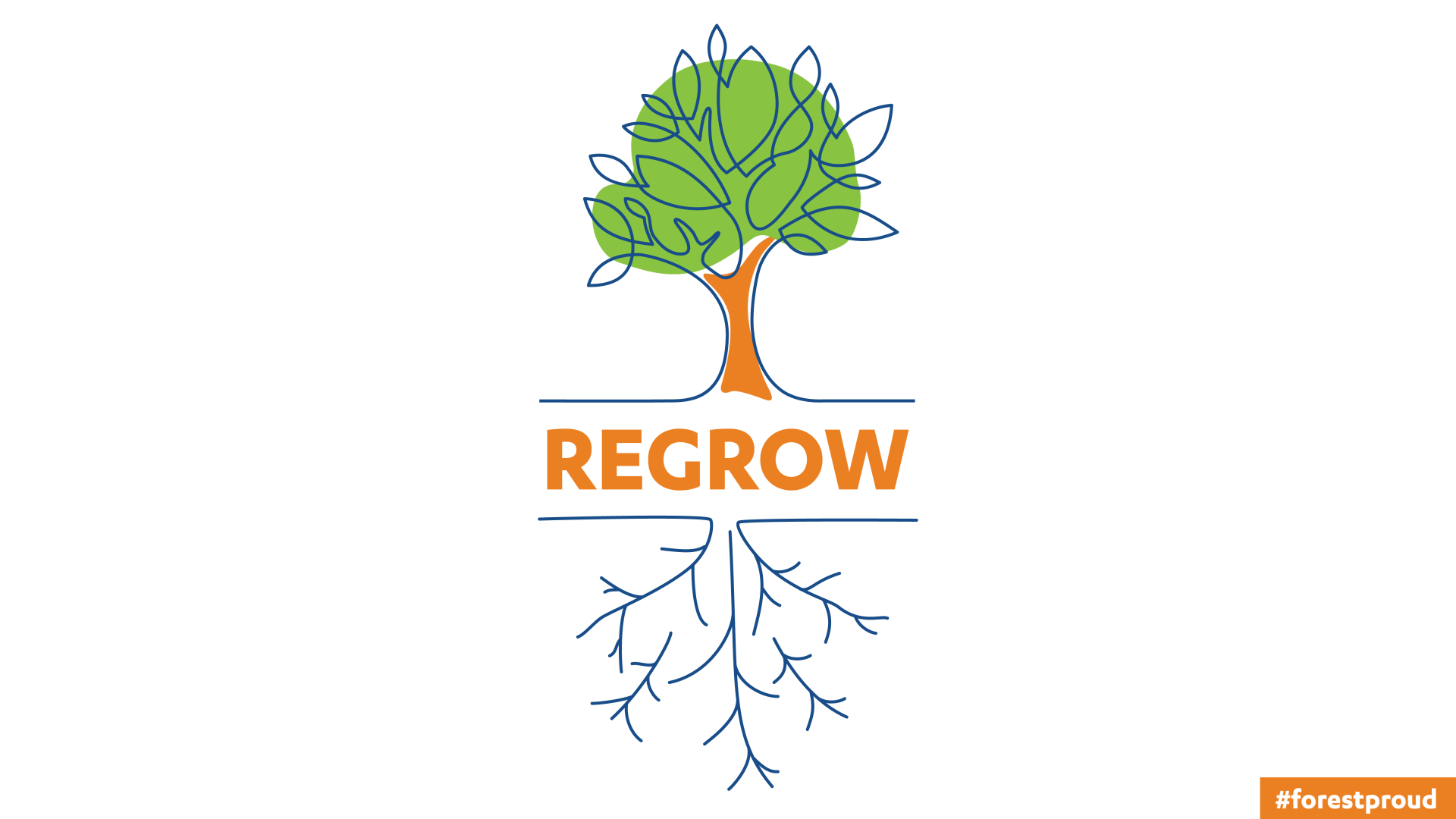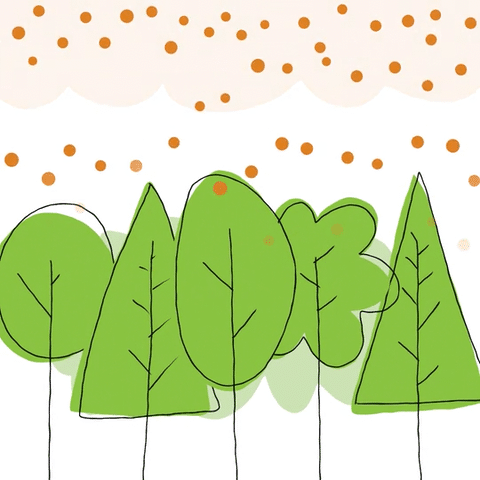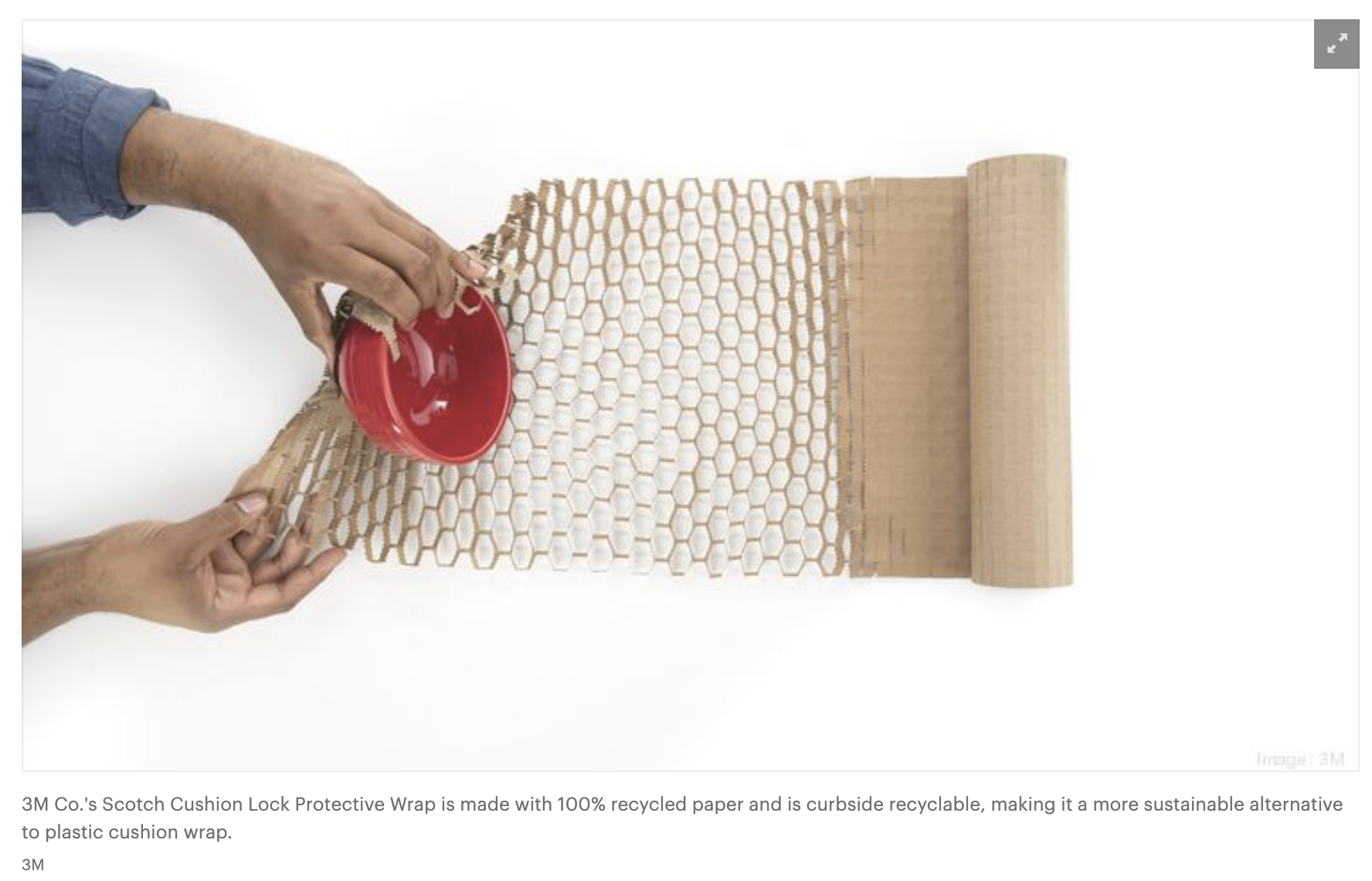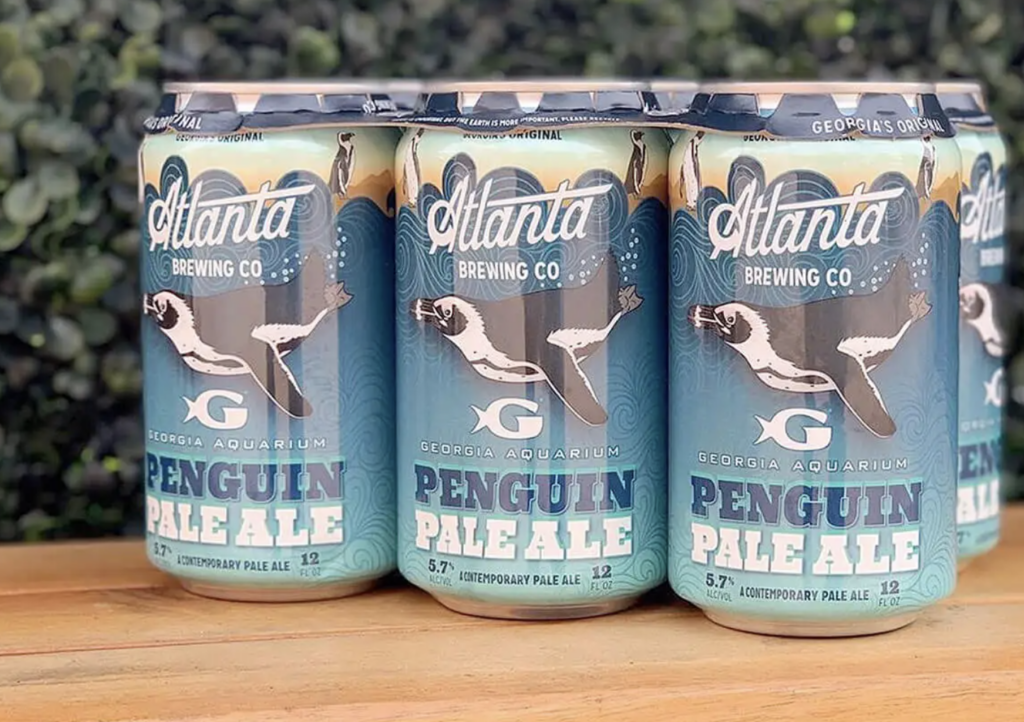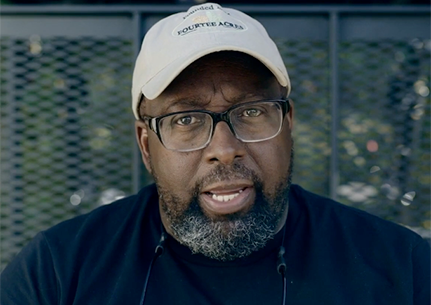How Your Packaging Choices Directly Invest in Our Planet
Make a #forestproud packaging choice. Happy Earth Day
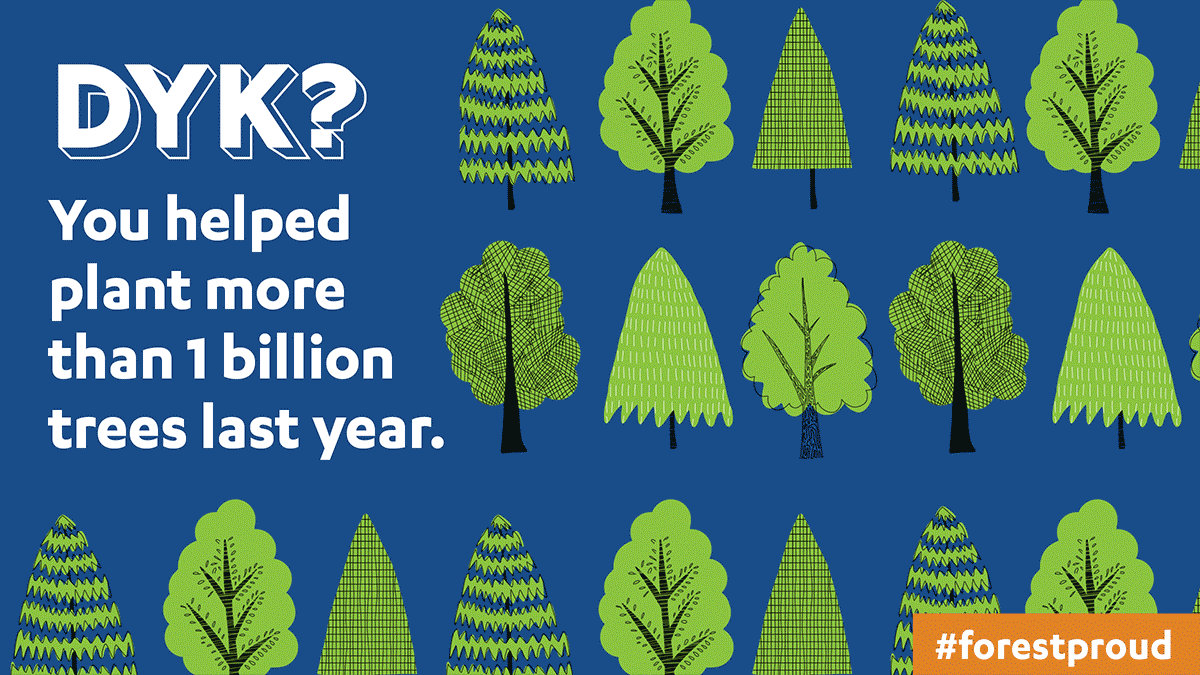
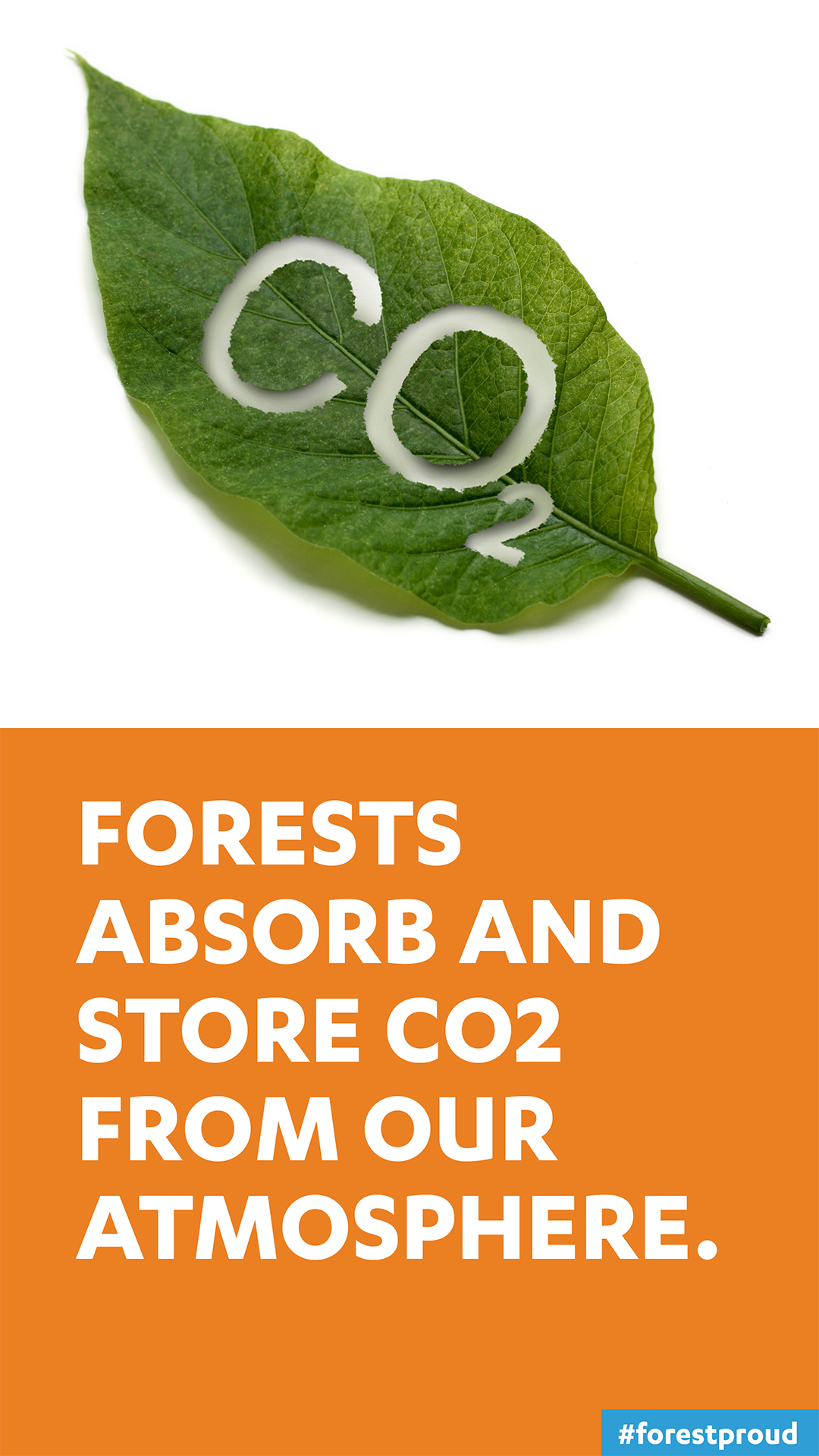
Earth Day may only come once a year. Earth Week only lasts a week. But you can #InvestInOurPlanet for the remaining 364 days and 51 weeks by choosing sustainable packaging products that support a circular bio-economy, based on – yep – wood: a renewable, reusable, recyclable resource that keeps forests as forests.
This year's Earth Day theme focuses on encouraging governments, organizations, businesses, and over 7 billion citizens—everyone accounted for, and everyone accountable—to help create a greener, more eco-friendly world by:
- Acting (boldly)
- Innovating (broadly)
- Implementing (equitably)
Enter sustainable packaging: the environmentally friendly (and cost-effective!) packaging options you can use to make a #forestproud choice.
Why Sustainable Packaging?
Sustainable packaging is a critical component of a more sustainable future. By avoiding waste, conserving resources, reducing our global fossil fuels dependency with the associated carbon emissions, and minimizing environmental impact, sustainable packaging can help create a greener, more resilient global economy.
Sustainable packaging choices can take many forms, including:
- Biodegradable and compostable materials
- Recycled or up-cycled materials
- Reusable or refillable containers
- Minimizing energy required for production and transportation
- Ensuring that packaging can be easily recycled or disposed of in a responsible way
- Creating pathways and products to design out waste and reduce landfill content
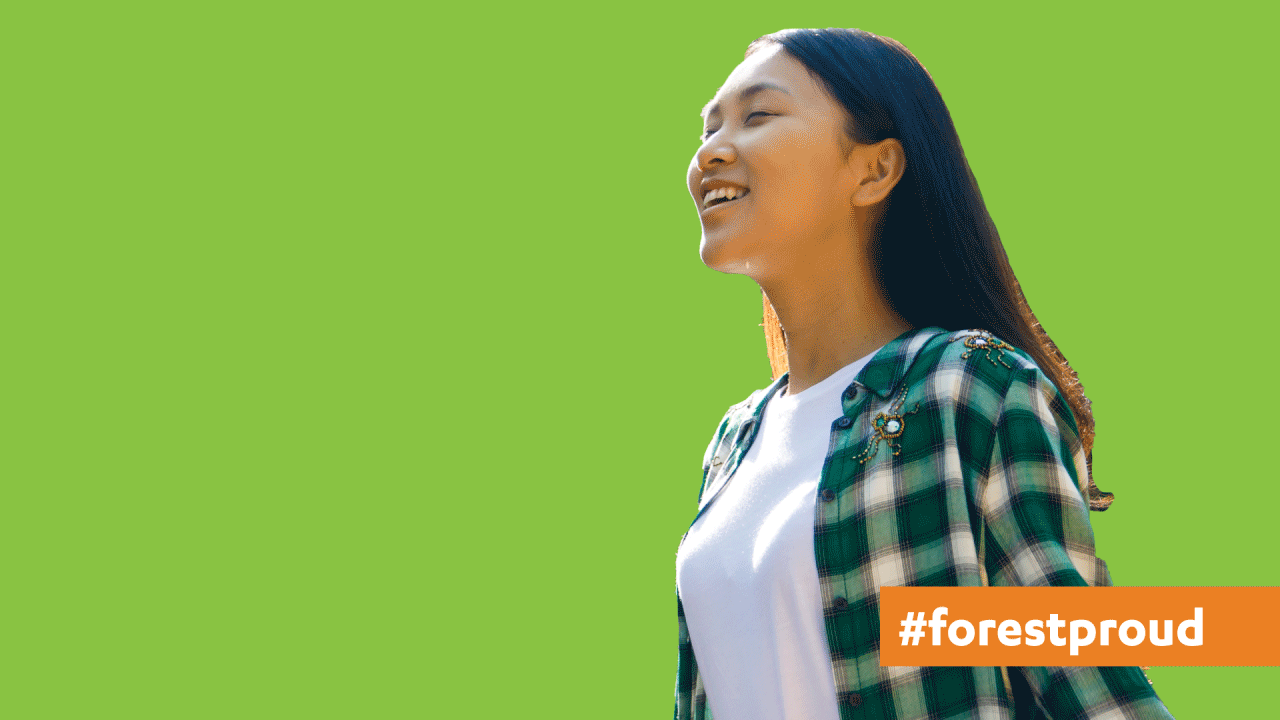
How does this work? Carbon 101
All trees capture and store the carbon dioxide (CO2) as they grow. They absorb CO2 during photosynthesis and release oxygen (O2). Mills use wood from various types of trees to make pallets, furniture, paper, paperboard, and other wood pulp products. This transfers the carbon in the trees to the wood products themselves. Meanwhile, new trees are planted, locking away even more carbon as they grow.
The Best Sustainable Packaging Supplies
Cardboard
Yes, the old standby. For a reason!! Cardboard is the most frequently used packaging material because it is renewable, sustainable, and highly recyclable.
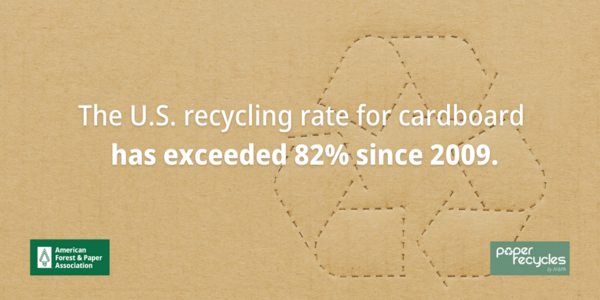
Cardboard can be broken down and made into new paper products, including new boxes, cereal containers, pizza boxes, and toilet paper.
DYK: Wood fiber has the capacity to be reused 5-7 times before it breaks down past the point of being structurally sound?
Pallets
Pallets make the shipping world go ‘round. New or old, pallets keep a-palleting.
Whether you are buying all new pallets for a big shipment or using recycled pallets at work or in your home, there are a ton of ways to add pallets into your packaging portfolio and your home decor. (Reduce! Reuse! Repurpose! PSA: Cardboard boxes are a big hit with cats too, as a bonus.)
Watch the 3 quick clips below to learn more about how pallets are planet-positive.
Brown Paper
Admit it: You love popping the bubble wrap that protects your online orders. Unfortunately, traditional bubble wrap is made from plastic and is not biodegradable, making it a less-than-ideal option for environmentally conscious companies.
Enter brown paper packaging tied up with string…

Brown paper is made by cooking wood chips in a special solution that breaks down the lignin in the wood, separating the cellulose fibers, which are used to make paper. Since trees are replanted and regrown for future needs, brown paper packaging is a more sustainable option compared to materials made from non-renewable resources. It’s also biodegradable and can be easily recycled. If you can’t or forget to recycle it, when disposed of in the environment, it will break down naturally and not contribute to the accumulation of petroleum-based waste in our landfills.
.....so basically, anything cellulose.
At a cellular level - one millionth the size of the head of a pin - are the microscopic building blocks of a tree. Cellulose is a basic building block of plant cells and is key to keeping plants and trees upright. (Think: those stringy bits in celery, but very, very small.) A single rod-like cellulose nanocrystal is the tiniest building block of wood. Cellulose (and it’s even smaller form: Nanocellulose) is the most abundant biopolymer on the planet.
These tiny fibers are as strong as steel, but only one-fifth the weight. Because of their structures, nanocellulose materials have a high rate of biocompatibility - meaning they can easily be added to, or combined with, other materials. When incorporated into other materials, nanocellulose lends incredible strength, requires less emissions-intensive material, and drives innovations that help design waste out of an already-efficient sustainable forest management cycle. By leaning into the unique properties of wood and cellulose, we can reduce our dependence on non-renewable resources and move towards a more sustainable future.
Cellulose and its derivatives can be used for a wide range of packaging applications, including:
- Paper: Paper is made by breaking down cellulose fibers and then reconstituting them into a sheet. While paper production does require some energy and water, it is a relatively low-impact process compared to other industrial processes.
- Food Packaging: Cellulose-based materials like cellophane and parchment paper are commonly used to wrap and store food products. Many food manufacturers are exploring the use of cellulose-based materials as an alternative to plastic packaging, which would reduce the amount of plastic waste generated by the food industry.
As just one example of packaging innovation, here’s a new eco-bubble wrap. It doesn’t pop but it’s really cool.
Also, let's talk new beer rings made of cardboard. Yep. You can have your beer and recycle it all.
As a bonus, the sustainable packaging world is continually innovating to come up with cool new ways to design waste and fossil fuels out of the supply chain and create more efficient packaging strategies. Check out the Pack It! The Packaging Recycling Design Challenge, a two-episode series hosted by Netflix’s “Nailed It!” winner, social influencer and art teacher, Cassie Stephens.
Happy packing. Thanks for reading this far. We appreciate you making choices that affect people and planet, today and tomorrow. We all have a part to play in keeping forests as forests - and it starts with you. So keep the 5Rs of #forestproud in mind, today and every day.
